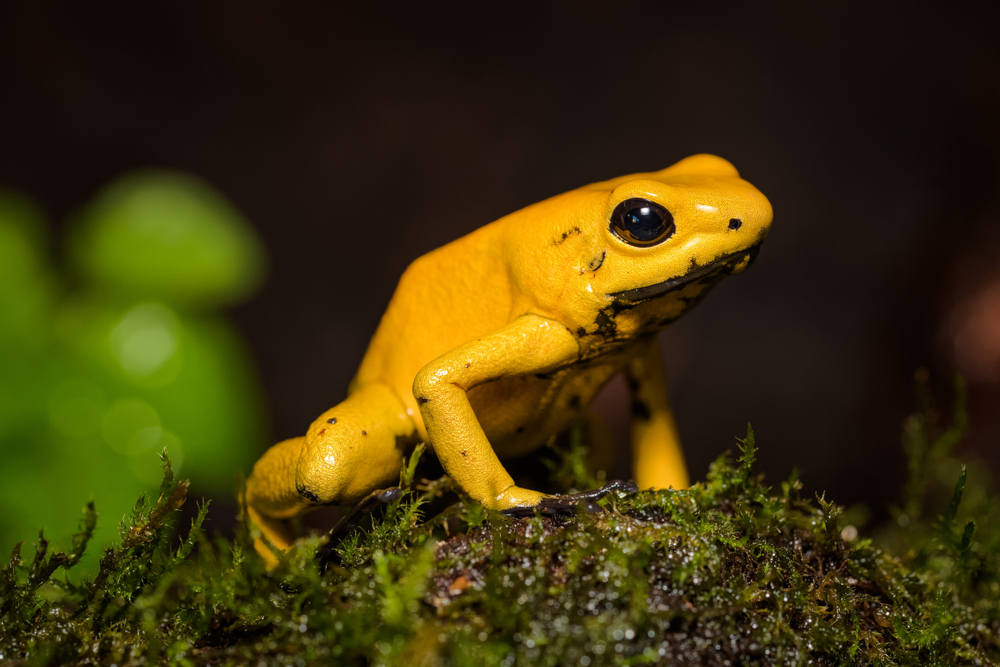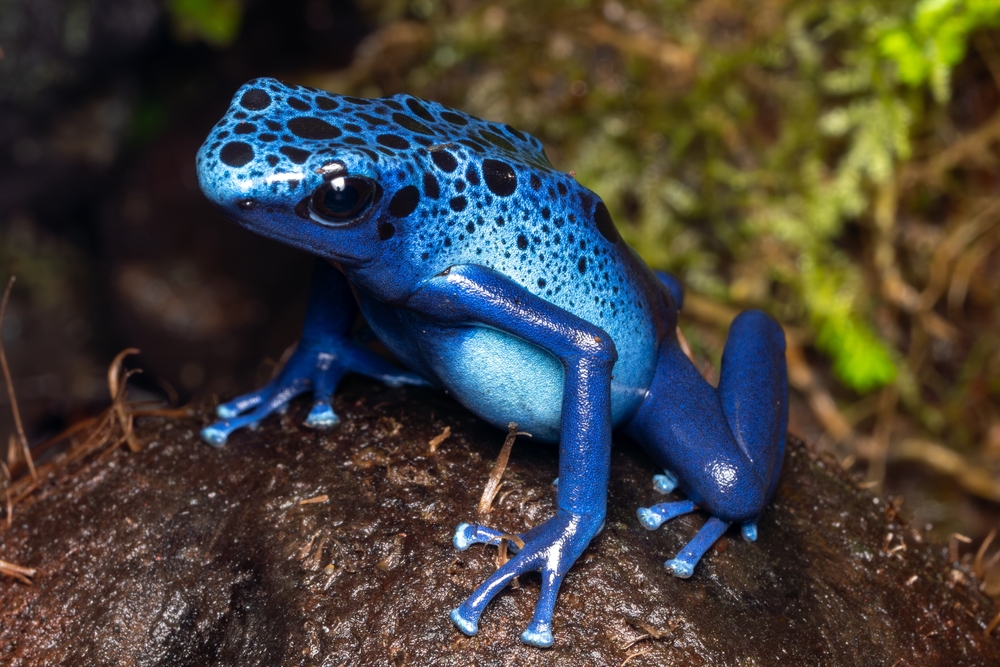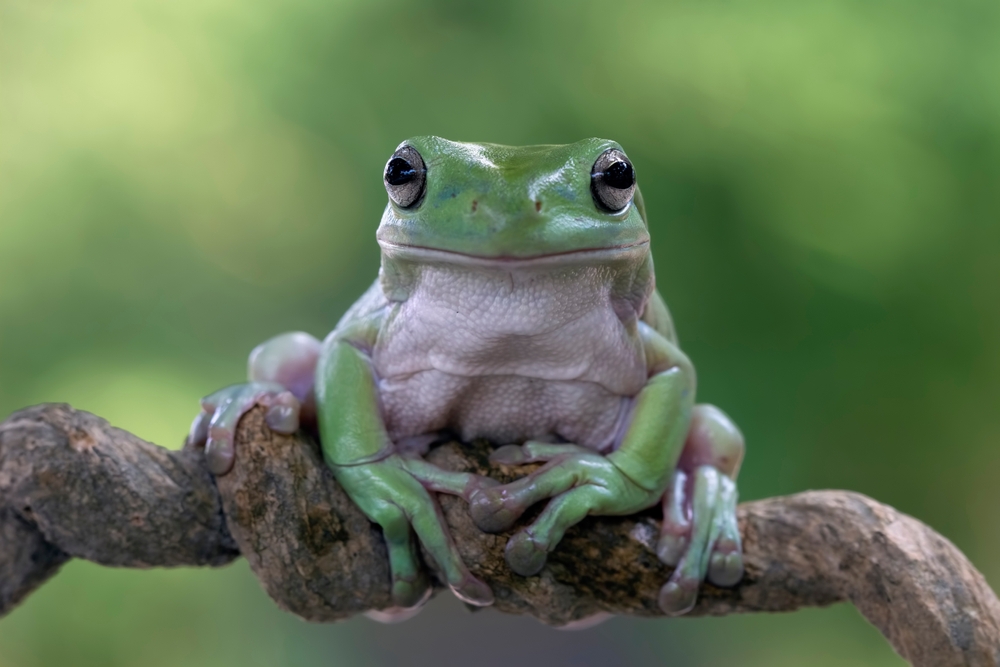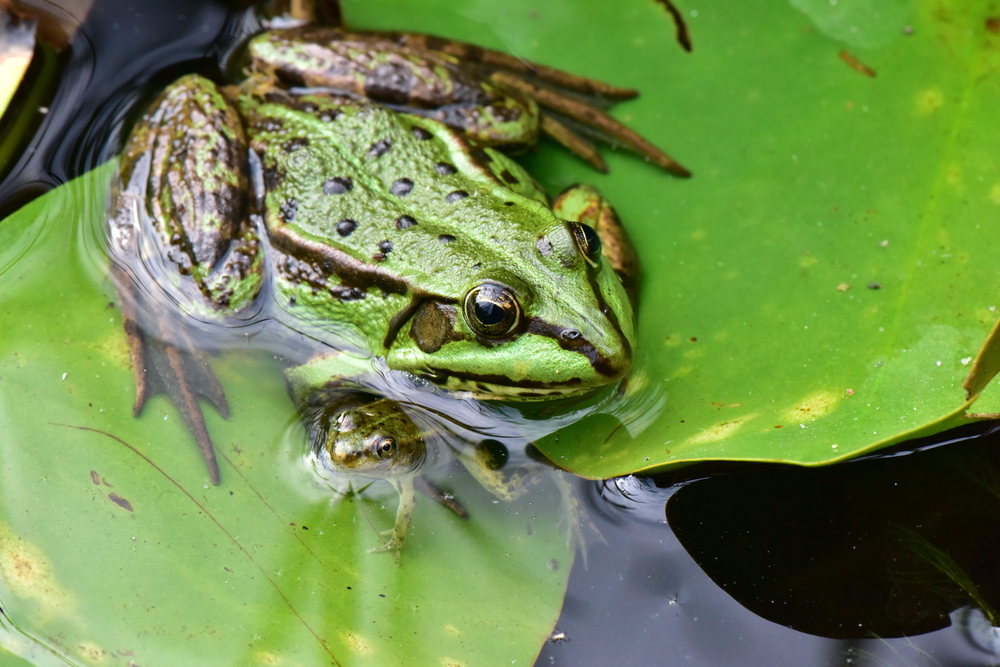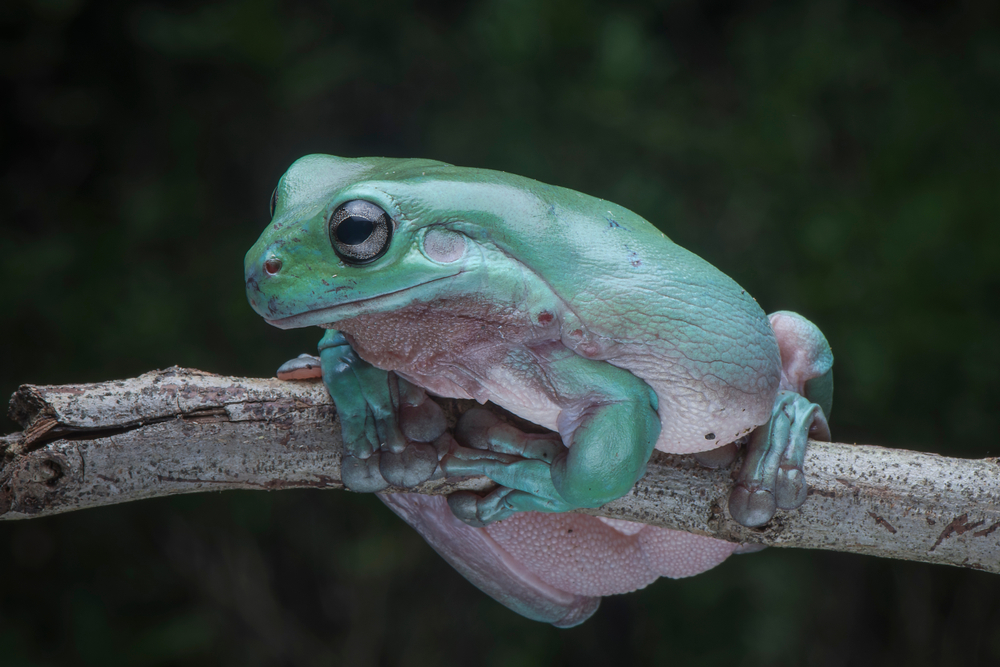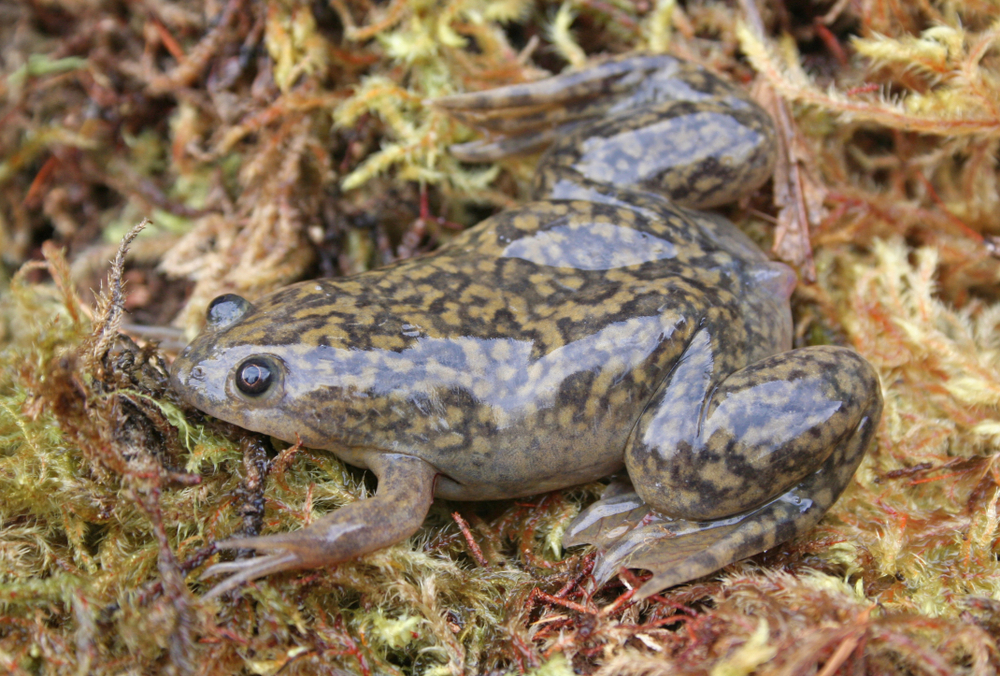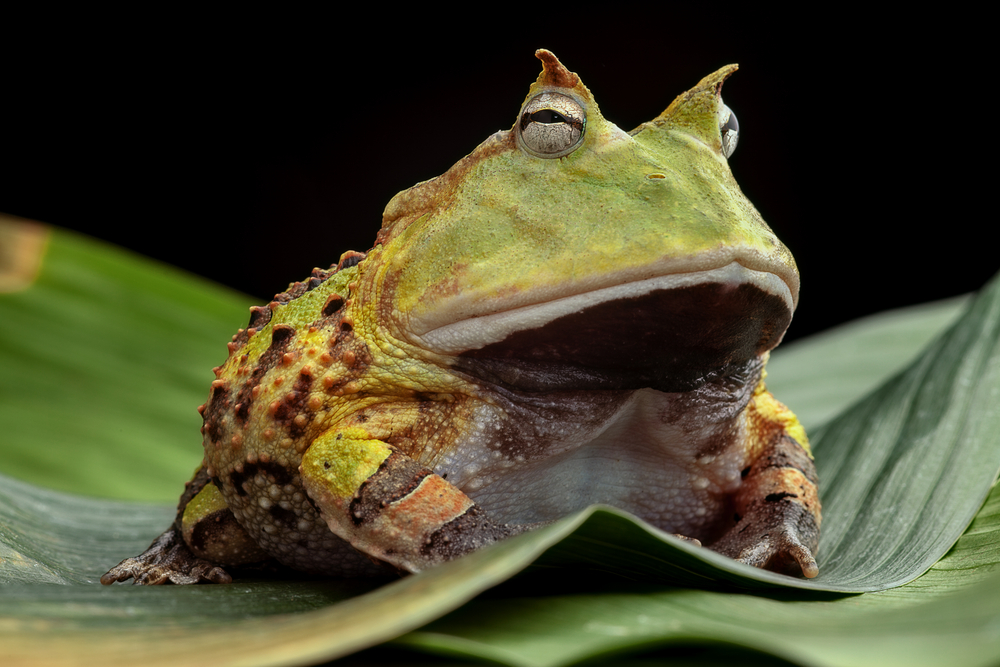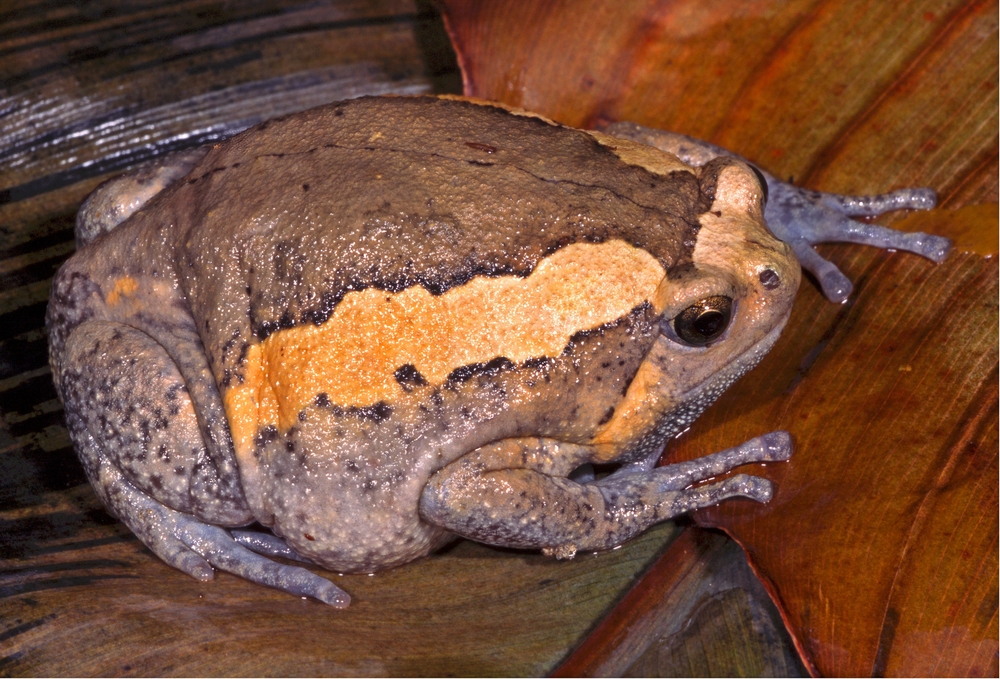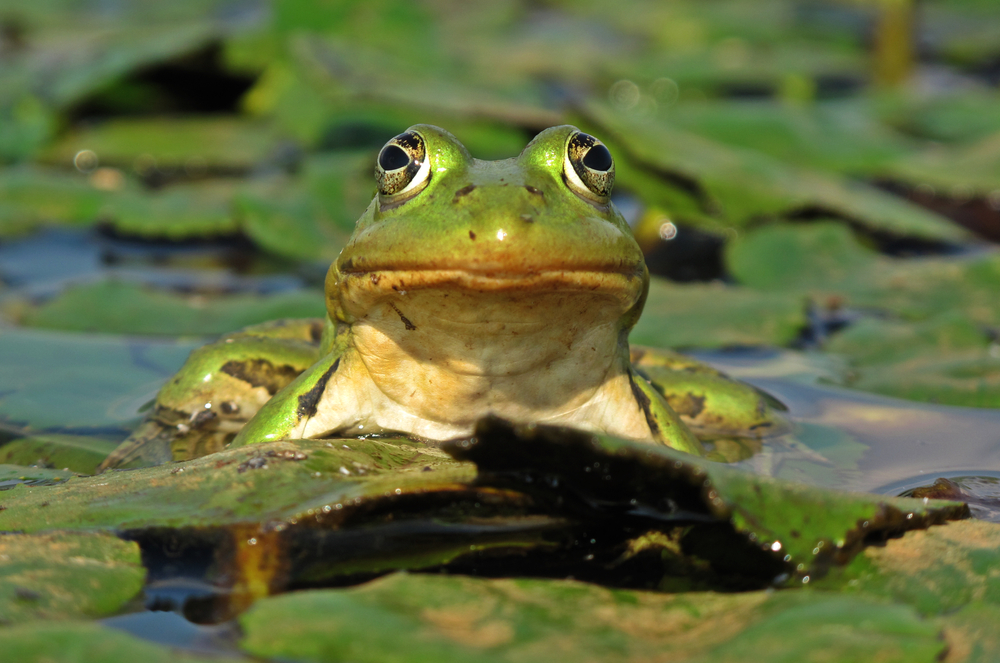Uniqueness
Most Toxic Vertebrate on Earth:
The Golden Poison Dart Frog is widely regarded as the most poisonous vertebrate on the planet. Its skin contains batrachotoxin, a potent alkaloid that disrupts nerve signals by locking open sodium channels in cells. Just 2 micrograms of this toxin is enough to kill a human. One wild frog may contain enough toxin to kill 10 to 20 adults or over 20,000 mice.
Aposematic Coloration as a Warning:
Its bright, solid color (yellow, orange, or green) serves as a classic example of aposematism—a visual warning to predators of its lethal chemical defenses. This bold coloration communicates danger, and virtually no predators attempt to eat it.
Toxin Comes from Diet, Not Genetics:
The frog’s toxicity is not inherited genetically but acquired through its diet of alkaloid-containing arthropods, especially ants and beetles found in Colombia’s Chocó rainforest. In captivity—where these prey species are absent—the frogs lose their toxicity completely, making them safe to handle under human care.
Parental Care and Tadpole Transport:
Unlike many amphibians, Golden Poison Dart Frogs exhibit advanced parental care:
-
Males guard egg clutches on land.
-
After hatching, the male carries each tadpole on his back to isolated water sources (like bromeliad pools or forest puddles), giving the young a better chance of survival.
Cultural and Indigenous Use:
Indigenous peoples of Colombia (notably the Emberá and Noanamá) have used the frog’s skin secretions to poison blow darts for hunting. The frog’s name—“dart frog”—derives from this practice. It is one of the few species with documented traditional human use of its toxin.
Restricted Habitat and Endemism:
Golden Poison Dart Frogs are endemic to a small, humid region along Colombia’s Pacific coast. Their extremely limited range makes them vulnerable to habitat loss and climate change despite their ecological dominance.
Scientific Significance:
Because of their extraordinary toxicity and unique physiology, Golden Poison Dart Frogs are extensively studied in pharmacology and neurobiology. Researchers are investigating how their toxins might inspire future non-addictive painkillers or neurological drugs.



































































